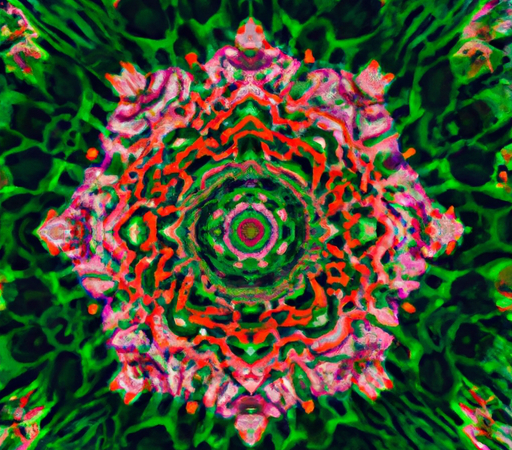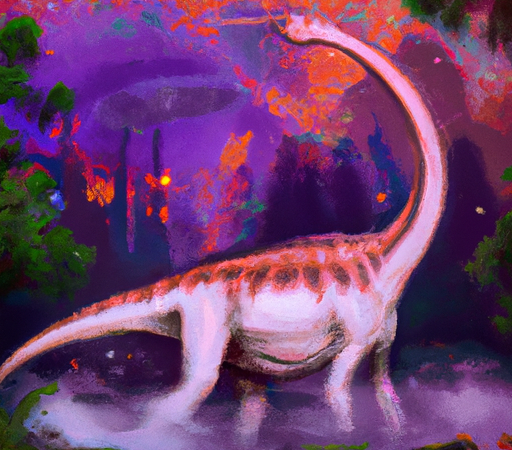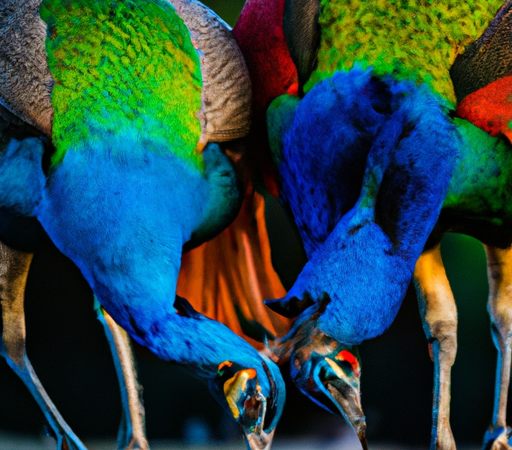The Amazing Architect: Examining Incredible Animal Constructions
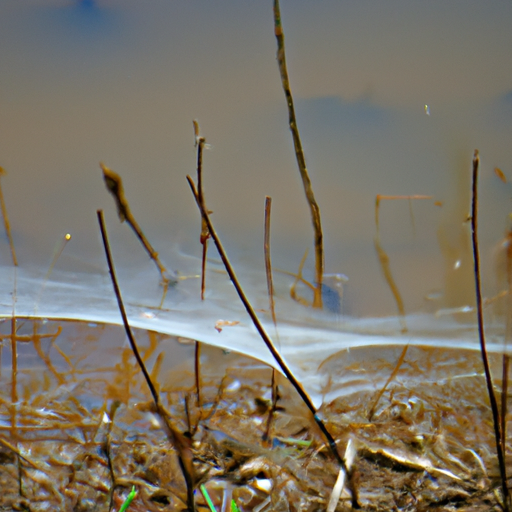
Animals are fascinating creatures that never cease to amaze us with their incredible abilities. While some animals are known for their physical strength or speed, others astonish us with their remarkable architectural skills. From intricate nests to complex burrow systems, the animal kingdom is filled with incredible constructions that are nothing short of extraordinary.
One of the most iconic animal constructions is the beaver dam. Beavers are well-known for their ability to transform the landscape by building elaborate dams and lodges. These constructions are not only impressive in their size but also in their functionality. Beaver dams serve as a way to create deep, calm ponds that provide protection from predators and ensure a stable environment for their young. The intricate system of logs and branches used in their construction is a testament to the beaver's engineering prowess.
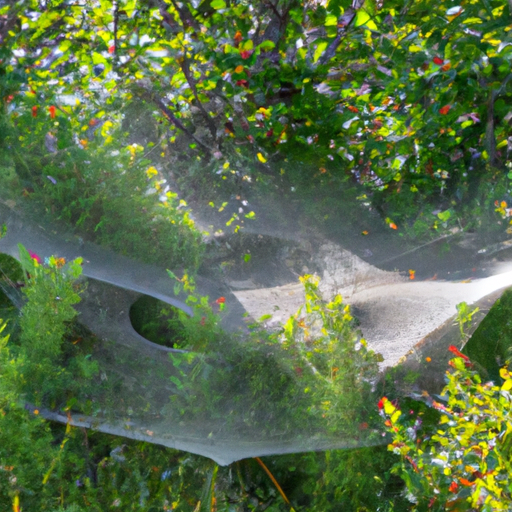
Another creature with a reputation for architectural brilliance is the termite. These tiny insects may seem insignificant, but they are responsible for building colossal mounds that can reach heights of several meters. Termite mounds are incredibly complex structures that serve multiple purposes, including climate control and housing large termite colonies. These mounds are built with a combination of soil, saliva, and dung, creating a structure that regulates temperature and humidity, while also providing protection from predators.
Birds are also exceptional architects, with many species constructing elaborate nests for breeding and raising their young. The weaverbird, for example, creates intricate nests by weaving grass and other plant materials. These nests are not only visually appealing but also highly functional, providing a secure and comfortable environment for their inhabitants. Weaverbirds display remarkable skill and precision in their construction, with some nests comprising of hundreds of individual woven strands.
In the marine world, the pufferfish is known for its astonishing underwater constructions. These small fish create intricate, circular patterns on the sandy ocean floor by tirelessly swimming and flapping their fins. These "crop circles" serve as a way to attract a mate and have puzzled researchers for years. It remains a mystery how these tiny fish manage to create such perfect and symmetrical designs without any apparent tools or devices.
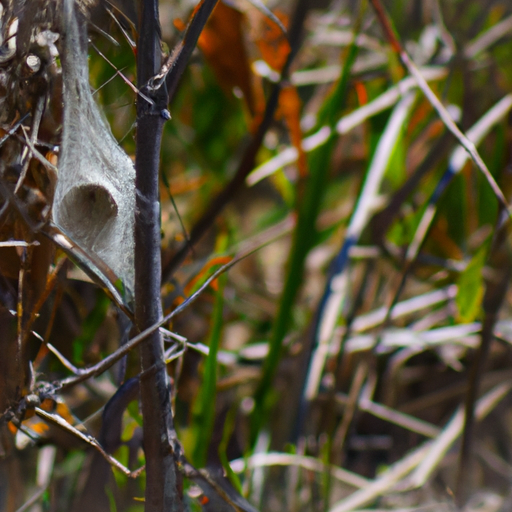
Ants, often regarded as hard workers, also excel in the art of construction. Ant colonies build elaborate networks of tunnels and chambers that serve various functions, including housing their queen, storing food, and raising larvae. Some colonies can extend over a vast area and contain millions of individuals, all working together to ensure the colony's survival. The construction of these intricate tunnel systems is a testament to the ants' highly organized and cooperative nature.
These remarkable animal constructions highlight the innate intelligence and adaptability of creatures in the natural world. They demonstrate that architecture is not solely a human endeavor but is deeply rooted in evolutionary instincts and survival mechanisms. Whether it's a beaver dam, termite mound, bird's nest, or pufferfish's underwater masterpiece, each construction showcases the incredible skills and creativity of animals.
Studying these animal constructions not only provides insights into the genius of nature but also inspires human architects and engineers to push the boundaries of design and construction. Learning from the animal kingdom can teach us valuable lessons about sustainable and eco-friendly practices, as many of these constructions are built using natural materials found in their immediate environment.
So, the next time you come across a beaver dam, a termite mound, or a bird's nest, take a moment to appreciate the incredible architectural skills of these amazing creatures. They may be small in size, but their constructions are grand and awe-inspiring.


